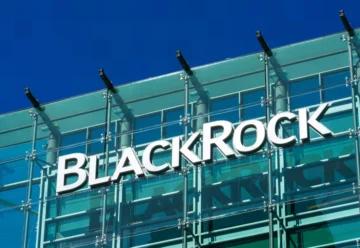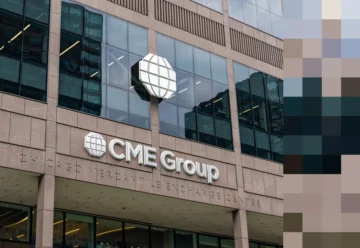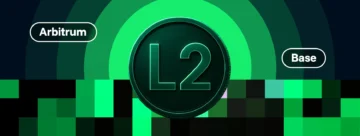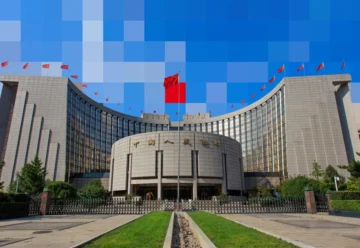Ethereum Network Gas Limit Increased as Major Upgrades Are Prepared

Ethereum devs continue the strategic scaling of the L1 network, preparing to implement Fusaka and Glamsterdam, the upcoming major protocol upgrades. The gas limit on Ethereum increased to 37.3 million.
Core Ethereum developers preliminarily approved the dates for the next protocol upgrades — the Fusaka hard fork, which includes 11 Ethereum Improvement Proposals (EIP) currently in testing, as well as the Glamsterdam hard fork.
According to ethPandaOps, the Fusaka devnet will launch on July 23, 2025. Fusaka is the next major Ethereum network upgrade following the Pectra hard fork conducted in May. A public testnet is planned for September and October, with the mainnet upgrade scheduled between November 5 and 12.
Read more about how and by whom decisions are made regarding Ethereum ecosystem development in a special feature by CP Media.
Key EIPs included in the Fusaka hard fork:
- EIP-7594. Allows nodes to perform selective data availability sampling, reducing the need to fully download data and improving network resilience.
- EIP-7823. Limits input parameters for the precompile MODEXP to reduce DDoS risks and prepares for potential functionality migration into the Ethereum Virtual Machine (EVM).
- EIP-7825. Introduces a gas limit of 30 million per transaction, balancing the flexibility of complex operations with protection from excessive costs.
- EIP-7883. Raises the base cost of MODEXP and adjusts fees to prevent attacks and improve fee fairness.
- EIP-7892. Includes preparatory steps for future Binary Large Objects (BLOB) upgrades.
- EIP-7917. Provides a deterministic algorithm for pre-selecting the proposer device, increasing predictability and simplifying protocol analysis.
- EIP-7918. Links gas price to actual execution costs, preventing imbalance between BLOB fees and execution costs.
- EIP-7934. Introduces a limit on the maximum size of RLP transaction blocks, simplifying processing and reducing peak validation loads.
- EIP-7935. Sets the default block gas limit.
- EIP-7939. Adds a new opcode to the EVM for counting leading zeros in a word, improving efficiency of certain cryptographic and mathematical calculations.
- EIP-7951. Adds native support for the secp256r1 elliptic curve, expanding cryptographic capabilities and improving UX for applications.
- EIP-7642. Removes deprecated fields used prior to the Proof of Stake transition.
At the same time, developers are preparing for the next major network upgrade — Glamsterdam. Key EIPs for this hard fork will be finalized in July, with certification frozen on August 1. Proposals for inclusion in the fork are accepted until August 21. Priorities include EIP-7732 and EIP-7805, aimed at improving network resilience and user experience.
Meanwhile, according to Etherscan data, the Ethereum network gas limit increased by 3% last weekend, from 36 million to 37.3 million. Network throughput, per Chainspect, rose from 15 to 18 transactions per second. This increase is driven by validator activity. GasLimits data shows about half of the network’s validators vote to further raise the gas limit to 45 million, potentially reducing mainnet fees by 15–33%.
Last year, Ethereum Co-Founder Vitalik Buterin proposed increasing the gas limit to 40 million. This year, Vitalik is advocating for a major simplification of the blockchain’s core layer architecture, including consensus and execution layer optimization, transition to a new virtual machine, and standardization of key components.











